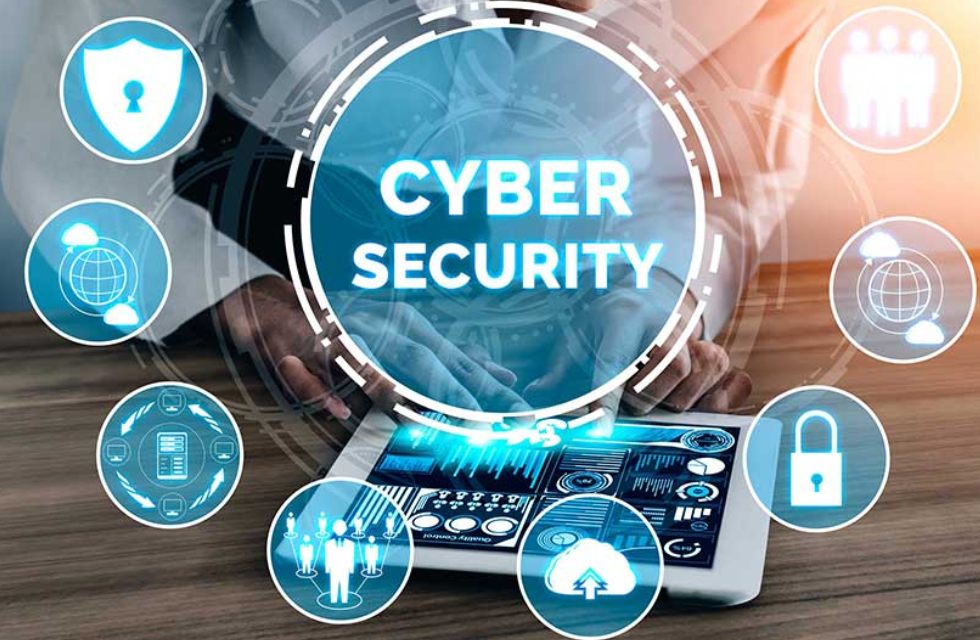In an era where our lives are increasingly intertwined with the digital realm, the importance of cybersecurity cannot be overstated. As we navigate the hyperconnected landscape, ensuring the protection of our digital lives becomes paramount. This blog explores key strategies to safeguard your online presence, with a focus on the cybersecurity landscape in Canada.
Understanding the Cyber Threat Landscape in Canada:
Canada, like many other nations, faces a myriad of cyber threats ranging from phishing attacks to sophisticated ransomware incidents. Understanding the evolving threat landscape is the first step toward implementing effective cybersecurity measures.
1. Password Hygiene: The First Line of Defense:
Passwords are the keys to our digital kingdom. Implementing strong, unique passwords and regularly updating them is a fundamental step in bolstering your cybersecurity defenses. Consider using a reputable password manager to generate and store complex passwords securely.
2. Multi-Factor Authentication (MFA): Adding an Extra Layer of Security:
MFA adds an additional layer of protection by requiring users to provide multiple forms of identification before accessing an account. Enabling MFA significantly enhances the security of your online accounts and serves as a powerful deterrent against unauthorized access.
3. Keep Software and Systems Updated:
Regularly updating your operating system, software, and applications is crucial for patching vulnerabilities that cybercriminals may exploit. Enable automatic updates whenever possible to ensure you are protected against the latest security threats.
4. Be Cautious of Phishing Attacks:
Phishing remains one of the most common cyber threats. Exercise caution when clicking on links or opening email attachments, especially if the communication seems suspicious. Verify the legitimacy of emails and messages before taking any action.
5. Secure Your Home Network:
With the rise of remote work and digital connectivity, securing your home network is essential. Use strong and unique passwords for your Wi-Fi network, enable WPA3 encryption, and consider setting up a separate network for your smart devices.
6. Regularly Back Up Your Data:
In the event of a cyber attack or data loss, having regular backups can be a lifesaver. Ensure your data is backed up securely and test the restoration process periodically to guarantee its effectiveness.
7. Educate Yourself and Stay Informed:
Cyber threats are constantly evolving. Stay informed about the latest cybersecurity trends and threats. Educate yourself on best practices and share this knowledge with family and colleagues to create a culture of cybersecurity awareness.
Conclusion:
As we embrace the opportunities of a hyperconnected world, it is crucial to prioritize the security of our digital lives. By implementing these strategies, we can fortify our defenses against cyber threats and navigate the online landscape with confidence.
Author Introduction: Pritish Kumar Halder
Pritish Kumar Halder is a cybersecurity expert with over a decade of experience in the field. Pritish Kumar Halder is passionate about educating individuals and businesses on the importance of cybersecurity in an increasingly interconnected world. Through his work, he aims to empower people to take control of their digital security and navigate the online landscape safely.



Hello my loved one! I want to say that this post is amazing, great written and include almost all significant infos. I would like to look extra posts like this.
Fantastic site. Lots of helpful information here. I am sending it to some friends ans additionally sharing in delicious. And of course, thanks for your effort!
I was recommended this website by my cousin. I am not sure whether this post is written by him as nobody else know such detailed about my trouble. You are amazing! Thanks!